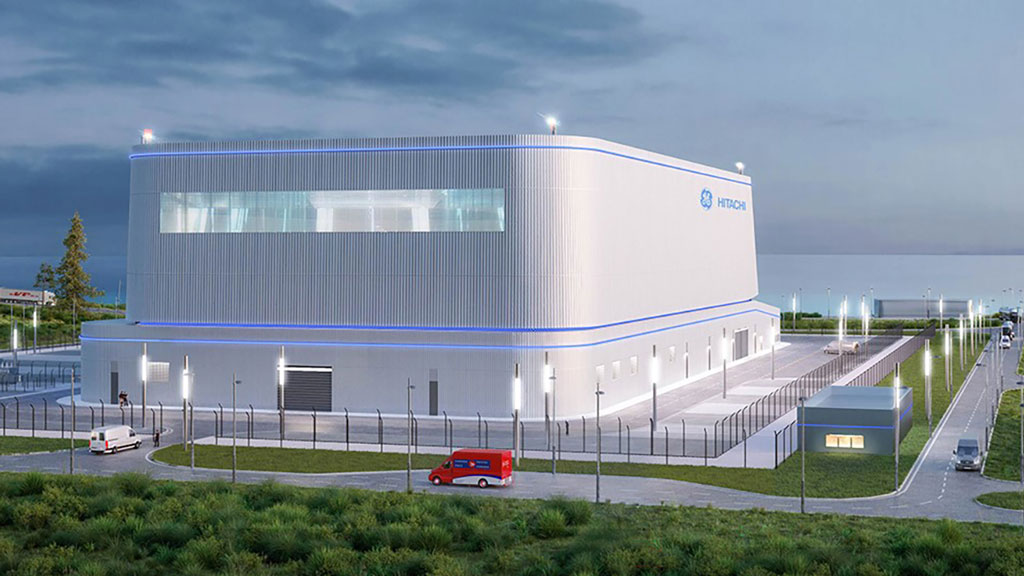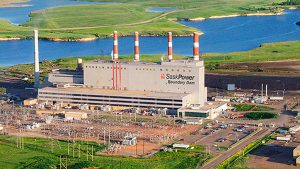While governments and industry search for more power with less emissions, one expert is advocating for an old but in some ways new technology to address energy demands.
Stantec nuclear lead and engineering manager Jag Singh recently wrote a that explained how Small Modular Reactor (SMR) technology can reduce emissions and increase power outputs in both geographically remote communities and large-scale industrial sites.
SMRs differ from regular nuclear reactors in that they take up less of a footprint, generally output less power and consume much less water, Singh said.
“They can plug directly into the grid and produce electricity for generation purposes and can service heavy industry such as oil and gas and mining remote operations. That’s how they differ, because conventional reactors typically have to be located on a big mass of water,” he said.
Interest in SMRs has risen recently due to their flexibility and low greenhouse gas emissions.
“The idea is to get them modularized, do off-site works testing and really quickly and economically deploy them,” he said.
There are different types of SMRs, he added, including the Gen 3 model, which has been deployed at Darlington, Ont. by OPG and operates by boiling water in a manner similar to a conventional nuclear reactor.
In fact, SMRs have existed in some form since the 1950s, Singh said, when a version of the technology was deployed on nuclear submarines.
“Naval reactors are all version of SMRs at the end of the day, they have an SMR in the back of submarines for propulsion purposes,” he said. “That’s what a Gen3 reactor is based on.”
Gen 4 reactors, he added, have different features such as longer cycles between refuelling and less production of waste.
“Typically refuelling takes two to three years with a conventional reactor but with an SMR they have 15 to 20 year refuelling cycles, which is extraordinary. You can imagine the possibilities in remote communities,” Singh said. “And the Moltex reactor (a product from Moltex Energy Canada) is a waste burner. What that does is use recycled, spent nuclear fuel in a molten salt form as a fuel. It actually consumes waste.”
Western Canada could greatly benefit from SMR deployment, Singh said, particularly in the oil and gas sector.
“You’ve got some very power-intensive operations in the oilsands. As pressures come down on emissions and being carbon-friendly, that’s obviously a huge draw,” he said. “If we can get an SMR that can produce high-temperature steam and it only needs to be refuelled every 15 to 20 years that goes straight into (helping) the oilsands industry.”
Singh also cited Alberta Infrastructure Minister Nathan Neudorf’s interest in nuclear technology, including conventional reactors, for the province as energy needs climb upwards across Canada.
“Nothing’s off the table. As pressures arise, not just emissions, but also energy security, a good energy mix leads to that security. We need a bit of oil and gas, nuclear, and we need to get that energy mix correct so we’re not teetering on blackouts,” he said, referring to a January incident where extreme cold across Alberta caused a substantial drain on the province’s power grid.
“I think it’s absolutely recognized as the way to go. Saskatchewan is going down their own nuclear journey and SaskPower is leading the charge…I’m hoping Alberta can replicate it,” Singh said. “It seems to be one of the only ways we can really resolve the energy grid situation.”
For more on this interview listen to The ��������ion Record podcast here.











Recent Comments